The post Important Things to Consider When Photographing Winter Scenes appeared first on Digital Photography School. It was authored by Jeremy Flint.

Winter is a great season for photography and a magical time of year to be outdoors. Photographing winter scenes can be an exciting opportunity to capture some unique and wonderful images, particularly when a familiar scene is covered in a blanket of snow and takes on an entirely different perspective. Here are some considerations on how to photograph winter scenes:
1. Make the most of winter’s longer dusks and dawns
In spite of the colder temperatures, one of the joys of winter is that the sun tends to linger longer at dusk and dawn. It also remains lower in the sky throughout the day, providing great light.
If you can brave the elements and venture outside to capture these magical moments during the winter, you are more likely to have a productive shoot and be rewarded for your efforts. One advantage of photographing at dusk and dawn in the winter is that sunrise is much later than in the summer, and sunset is earlier.

Winter landscape, Oxfordshire
2. Find contrast
When photographing winter scenes such as snow, there are usually displays of strong contrast between subjects and colors that can make for striking images. For example, the whiteness of snow stands out really well against the darkness of a tree silhouette and combines beautifully with a colorful sun.
Alternatively, warm winter skies work really well with the cooler tones of snow. Look to find and photograph these types of contrast in your images, and the results will be more visually stunning.

Oxfordshire, England
3. Shoot bright and colorful scenes
Make the most of the winter light and shoot brightly-lit scenes. The bright white snow adds a certain beauty to a winter scene and can make a dull subject more interesting. A great time to shoot colorful winter scenes is when the sun is shining.

Yosemite, USA
Seek out colorful vistas that may include an animal, a tree, people, a house, a building, or even a snowman. Capture their warm colors in the glowing light. You may find you will need to overexpose a touch if your pictures are coming out slightly dark to make your images slightly lighter.

Iceland
4. Bring plenty of batteries
Batteries tend to lose power and run out faster in colder weather, especially when photographing winter scenes.
Be sure to fully charge them before you set off to maximize your shooting time and keep spares in a warm place, such as an inner pocket.
5. Keep warm
One of the most important challenges with photographing winter scenes is keeping warm. It is amazing how quickly your body temperature can fall when standing still photographing in the cold.
Wear layers to keep the heat in (thermal and wool base layers work really well). Wrap up warm with gloves and a hat and consider hand (heat) warmers. These are great for heating your hands after they have exposed them to the elements, especially if you have to remove your gloves to navigate the camera buttons when taking photos.
There are winter gloves designed specifically for photographers. The thumb and forefinger flip back so you can keep your hands warm while photographing. Consider investing in a pair if you will be in snow and cold a lot.
Also, bring snacks and water to stay energized and hydrated.
6. How to photograph snow:
Snow brightens the landscape and makes everything outdoors look amazing. However, photographing snow does come with its challenges. Here are some useful tips worth considering when photographing snow:
- Setting White Balance to “Cloudy White Balance” or setting your Kelvins to the warmer spectrum will help to make up for the bluish-tinge snow gets. This is particularly evident on overcast or cloudy days when you may get a blue cast to the snow in your images.

Iceland
- Overexpose when shooting snow so that the snow is white rather than “grey”.
Snow can trick your camera meter into underexposing when using your camera’s automatic metering system.
In order to achieve the correct exposure, you will need to compensate for this by adding positive exposure compensation (overexposure) of 1 to 2 stops. The raised exposure value (EV) will help the snow to appear whiter rather than a dull grey. Then your images will be more accurate and a better representation of the snow-covered scene that you see as a result of this.
This applies whether you are capturing falling snow or after it has settled on the ground.
Also, consider using a polarizer filter – this can cut glare and reflections off the snow when it is sunny. It can also help you to see through streams of water better because it cuts through the reflections on top of the water.

Yellowstone, USA
Conclusion
Winter can be a brilliant season for photography, whether you are capturing photos close to home or at more distant exotic locations. Don’t be deterred by the challenges faced when photographing winter scenes. Get out there and have some fun with your camera this winter, and use these tips to capture some great photos you can be proud of.
Share your winter images with us below and any further tips you may have.
The post Important Things to Consider When Photographing Winter Scenes appeared first on Digital Photography School. It was authored by Jeremy Flint.


































































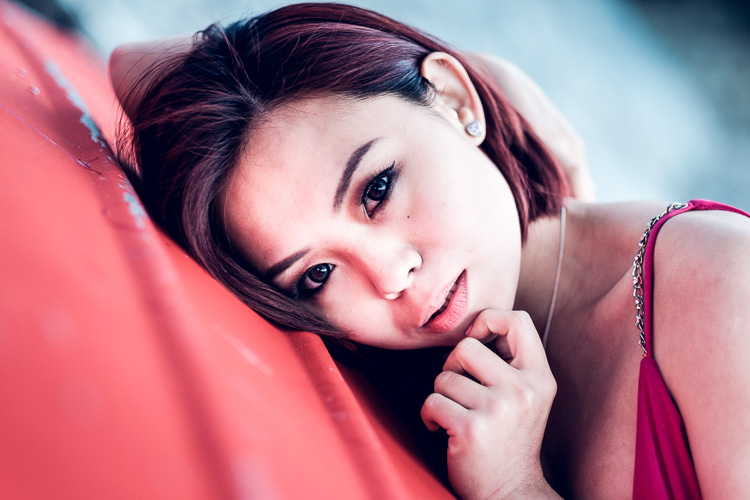
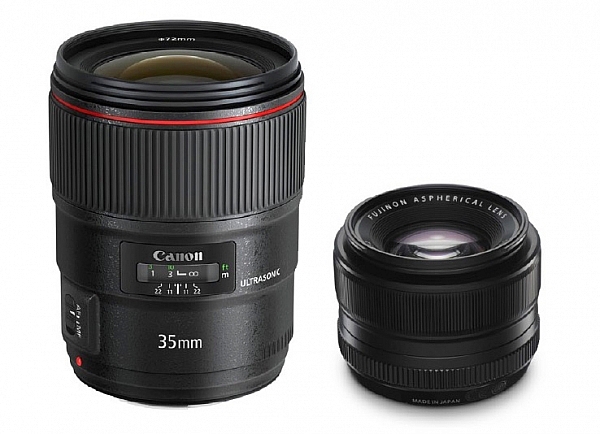
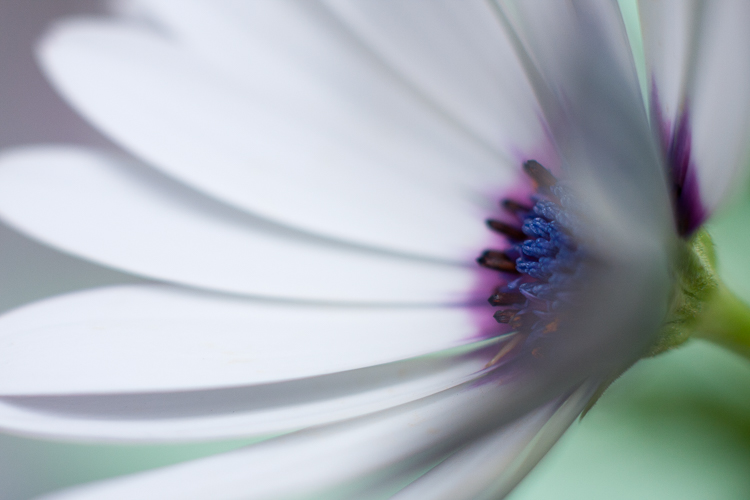
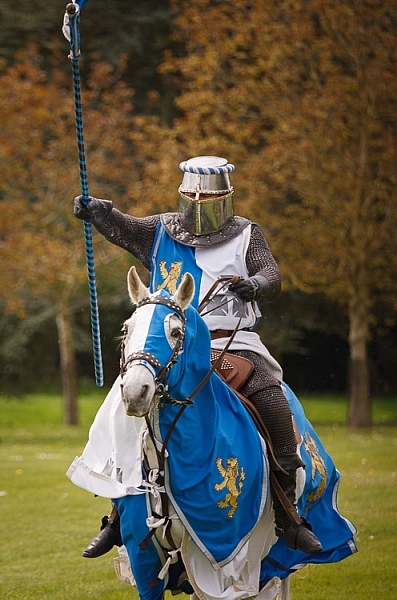
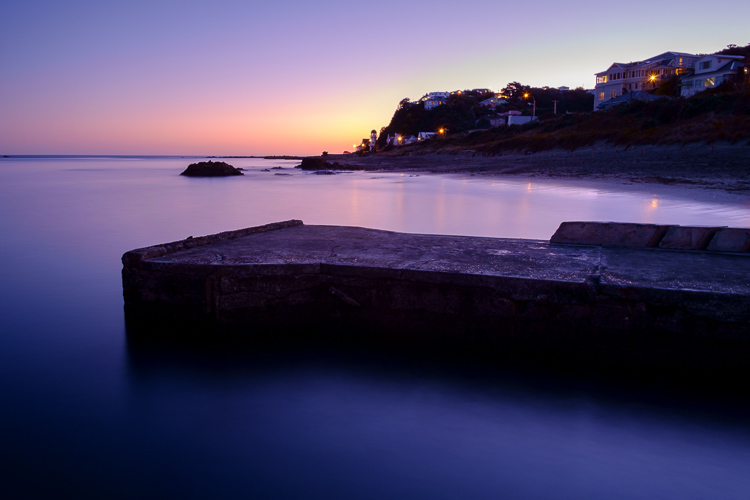
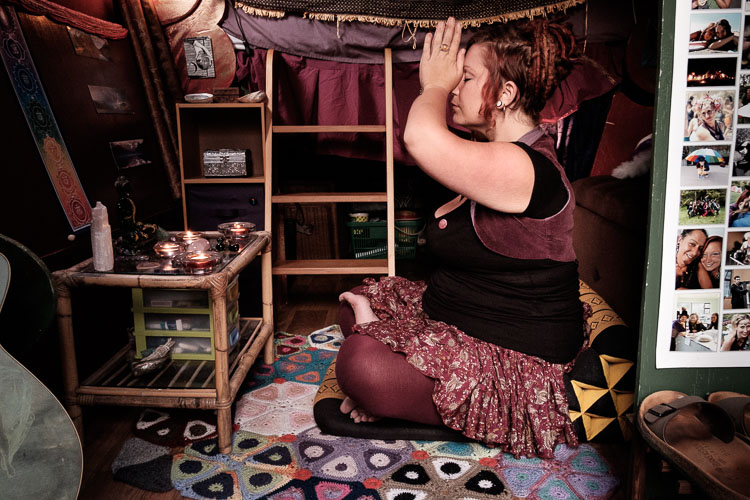
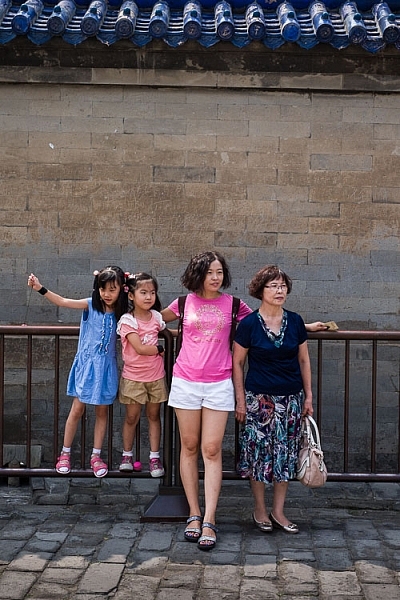
You must be logged in to post a comment.